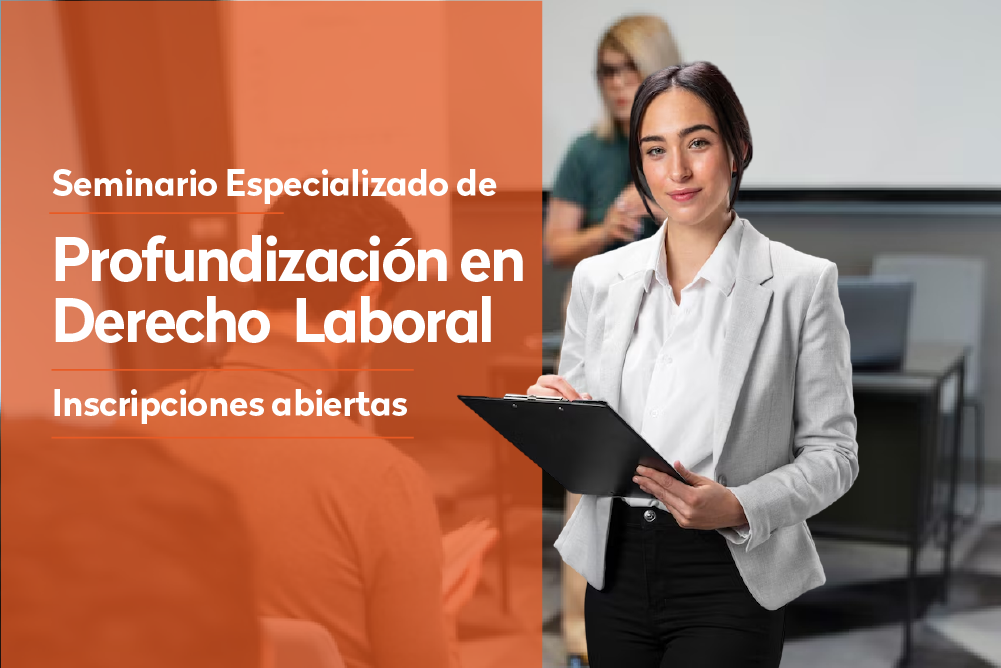Seminario Especializado de Profundización en Derecho Laboral
Inicio
/
Departamento de Extensión y Proyección Social
/
Diplomados
/
Facultad de Ciencias Juridicas
/
Seminario Especializado de Profundización en Derecho Laboral
💬

Institución Pública de Educación Superior sujeta a la inspección y vigilancia del Ministerio de Educación Nacional
Nit. 890102257-3
Contáctanos
- PBX: + 57 605 3133640
- Contact Center Admisiones:
- +57 605 3133641 - +57 605 3133642 +57 605 3133643
- Canales Físicos de atención
- - Sede norte: Cra 30 # 8-49 Puerto Colombia
- - Sede centro: Cra 43 # 50-53 Barranquilla
- - Bellas Artes- Museo de Antropología: Calle 68 Número 53- 45 Barranquilla- Atlántico
- - Sede Regional Sur: Calle 7 No. 23-5 Barrio Abajo Suan- Atlántico
- - Sede Regional Centro (Sabanalarga): Carrera 18 #4-80 Sabanalarga
- Notificaciones Judiciales: notificaciones@mail.uniatlantico.edu.co
- Correo Admisiones: comunicacionesadmisiones@mail.uniatlantico.edu.co


